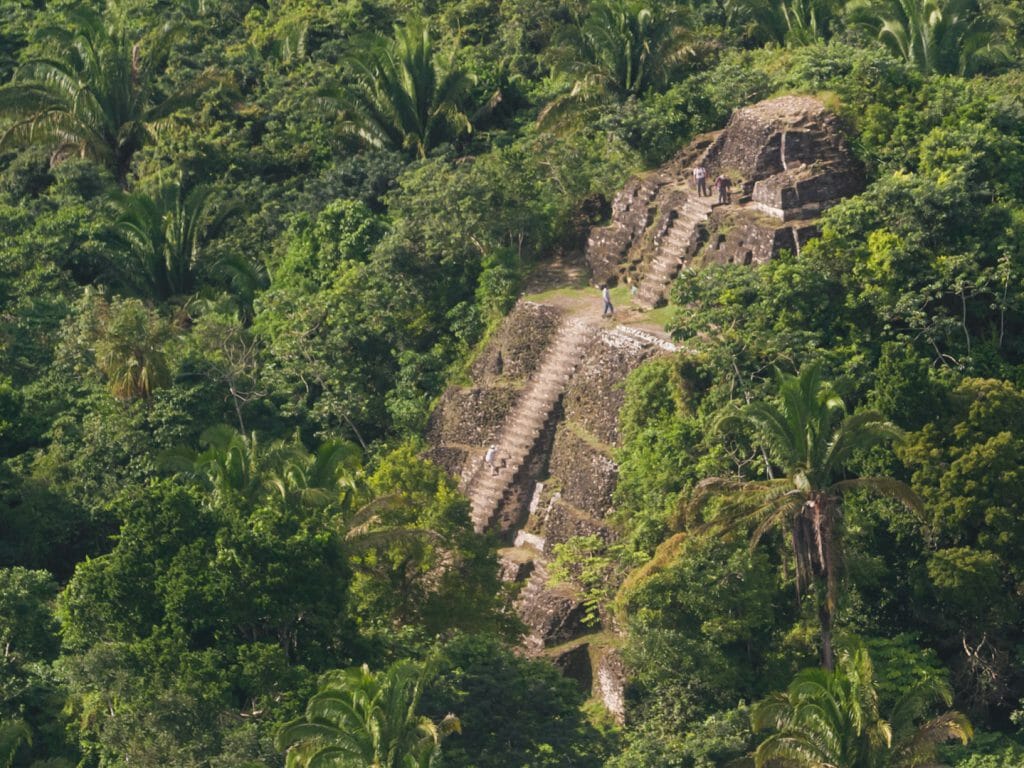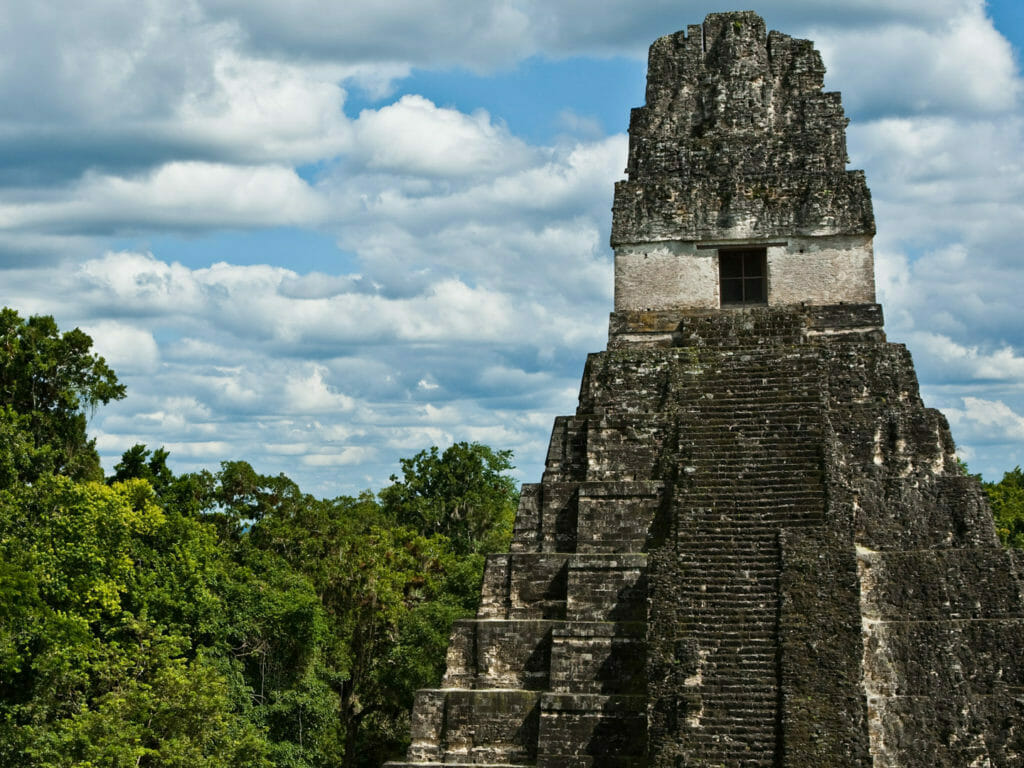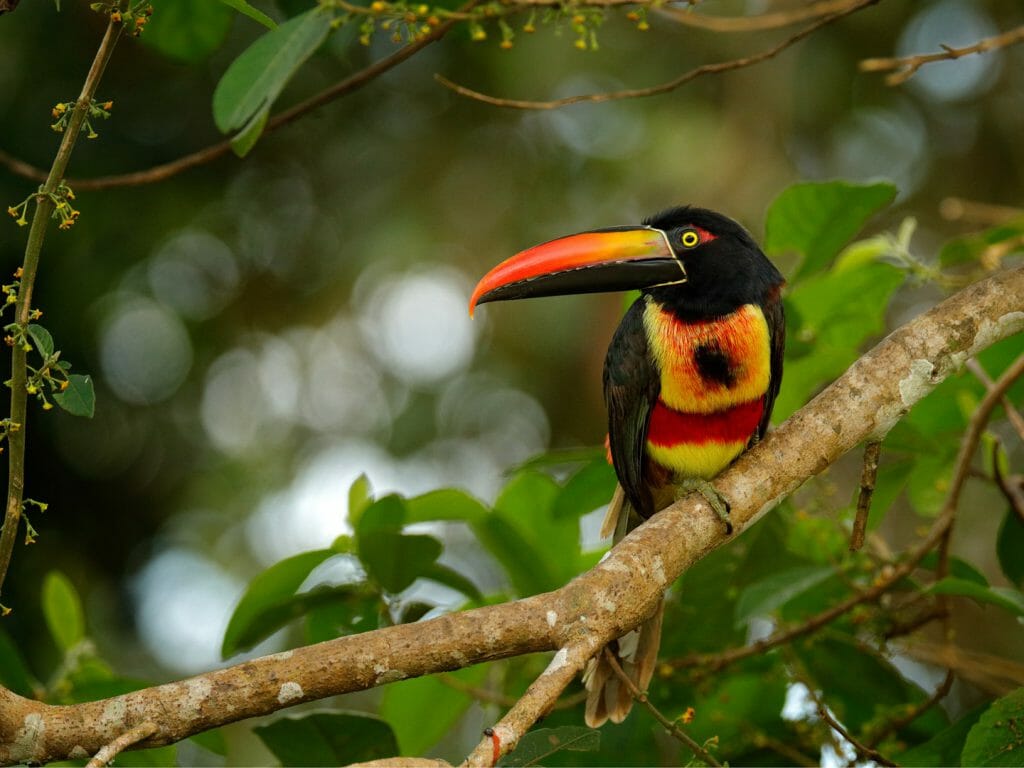I had prepared myself for the saddening scene of a marine ecosystem on its knees. A once remarkable coral reef, the second largest in the world, void of colour and life. Yet when I entered the shallow waters of Laughing Bird Caye in Belize, I was not met with a marine grave but a completely regenerated bionetwork sparkling before me.
“This is a no take zone. Nothing leaves the island, no matter how small.” We arrived onto the island of Laughing Bird Caye, greeted by the cries of the gull that gave this tiny caye its name and the barks of the park ranger quick to point out the rules of the island. To our left there was perhaps half if not more of the island which we were not allowed to explore, or swim around. The beach and water were completely off limits. As we looked to our right, we noticed small string squares pegged in the sand. “The turtles have nested here” the ranger explains. “So, each nest of eggs has been cordoned off, so they are not disturbed.” Gingerly we sorted out our kit, and barely wanting to tread anywhere, we set off for our first snorkel.
No sooner had we stepped into the sea, we were met by two nurse sharks. Though thought to be harmless to people, it was utterly exhilarating and with my blood suitably pumping we kicked off to the North side of the island. It was packed with reef fish, sea cucumbers, sea urchins and conch. To my delight we also saw a pair of lobsters attempting to wedge themselves between the rocks as we approached. We followed our guide scanning the reef and explored an area where they have been growing new coral on metal structures fixed to the sea floor. As we meandered over the colourful coral clusters wafting with the current, we came upon a school of 15 barracuda – another heart-stopping moment, as like the shark, they have quite big teeth. We watched them for a while scavenging around, completely unperturbed by our presence. As we turned for shore, our guide was gesturing wildly for our small group to come over. We caught up with him and just ahead of us we realised he was pointing to a large sting ray, some four feet across, motionless on the ocean floor.
In such a short space of time, I had had the privilege to observe such a diverse ecosystem, from Christmas tree worms, to angel fish and blue tang, barracuda, sting ray and shark. The efforts of a long battle with restoring the Mesoamerican reef was evident and they are winning. Over the last decade, the enforcement of no take zones, farming new coral, the introduction of fishing seasons and most recently the moratorium on oil exploration in the entire maritime zone of Belize has paid dividends. This small country is paving the way and is proof we can reverse the damage to our oceans. In July 2018 the Belize Great Barrier Reef was removed from the World Heritage in Danger list.








